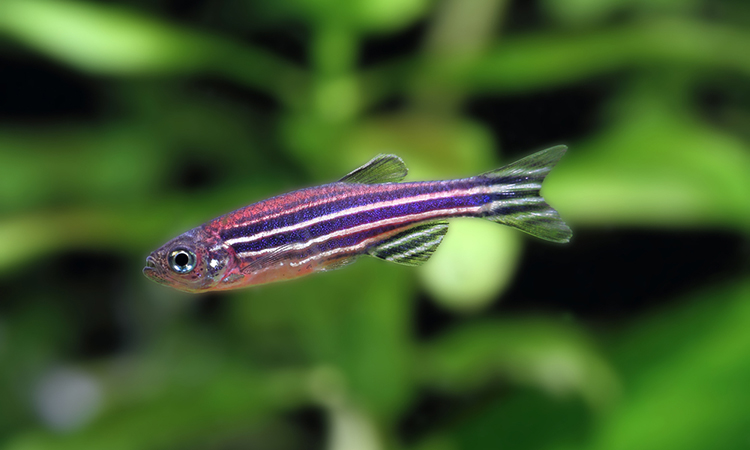CRISPR reveals genes involved in zebrafish spinal cord regeneration
Posted: 3 May 2021 | Victoria Rees (Drug Target Review) | No comments yet
A CRISPR-Cas9 method has been used to identify which genes play a role in repairing zebrafish spinal cord injuries.


A new, rapid screening approach has used CRISPR-Cas9 technology to identify immune system-related genes that play a crucial role in repairing zebrafish spinal cord injuries. The study was conducted at the University of Edinburgh, UK.
In humans and other mammals, severed spinal-cord nerve connections do not heal, so a spinal cord injury may lead to permanent paralysis. In contrast, according to the researchers, zebrafish are capable of recovering from spinal cord injury in a process that involves inflammation controlled by macrophages. However, the precise process by which macrophages aid spinal cord regeneration in zebrafish remains unknown.
To help clarify this process, the team developed a new method for rapidly identifying macrophage-related genes that are involved in zebrafish spinal cord regeneration. The strategy employed CRISPR-Cas9 technology, which enables researchers to target and disrupt specific genes, thereby revealing their function. Molecules known as synthetic RNA Oligo CRISPR guide RNAs (sCrRNAs) enable this gene-specific targeting.
The researchers applied the new method to study spinal cord regeneration in larval zebrafish. Key to the method was a pre-screening step in which they tested over 350 sCrRNAs that target genes already known to potentially play an important role in inflammation-related spinal cord regeneration. Introducing these sCrRNAs to the zebrafish enabled the identification of 10 genes that, when disrupted, impaired recovery from spinal cord injury.
Further analysis narrowed the list to four genes that appear to be crucial for repair of severed spinal nerve connections, validating the novel method. One gene in particular, tgfb1, appears to play an essential signalling role in controlling inflammation during the recovery process.


A re-connected spinal cord in a five-day-old zebrafish larva. Nerve cells (white band) in the spinal cord reconnect over the injury site (lighter area in the middle) [credit: Keatinge M et al., 2021, PLOS Genetics].
The new method and findings could help deepen understanding of spinal cord regeneration in zebrafish. The researchers also say the method could be adapted to screen for genes that play important roles in other biological processes, as well.
“Zebrafish can fully regenerate their spinal cords after injury. Using a new and very rapid screening platform, we discover genes of the immune system that are essential for regeneration. We envision our findings to lead to new insights into the inability of mammals to regenerate and our versatile screening platform to be adapted to other disease or injury models in zebrafish,” the authors of the paper write.
The paper is published in PLOS Genetics.
Related topics
CRISPR, Genetic analysis, Genomics, Regenerative Medicine
Related conditions
spinal cord injury
Related organisations
Edinburgh University


